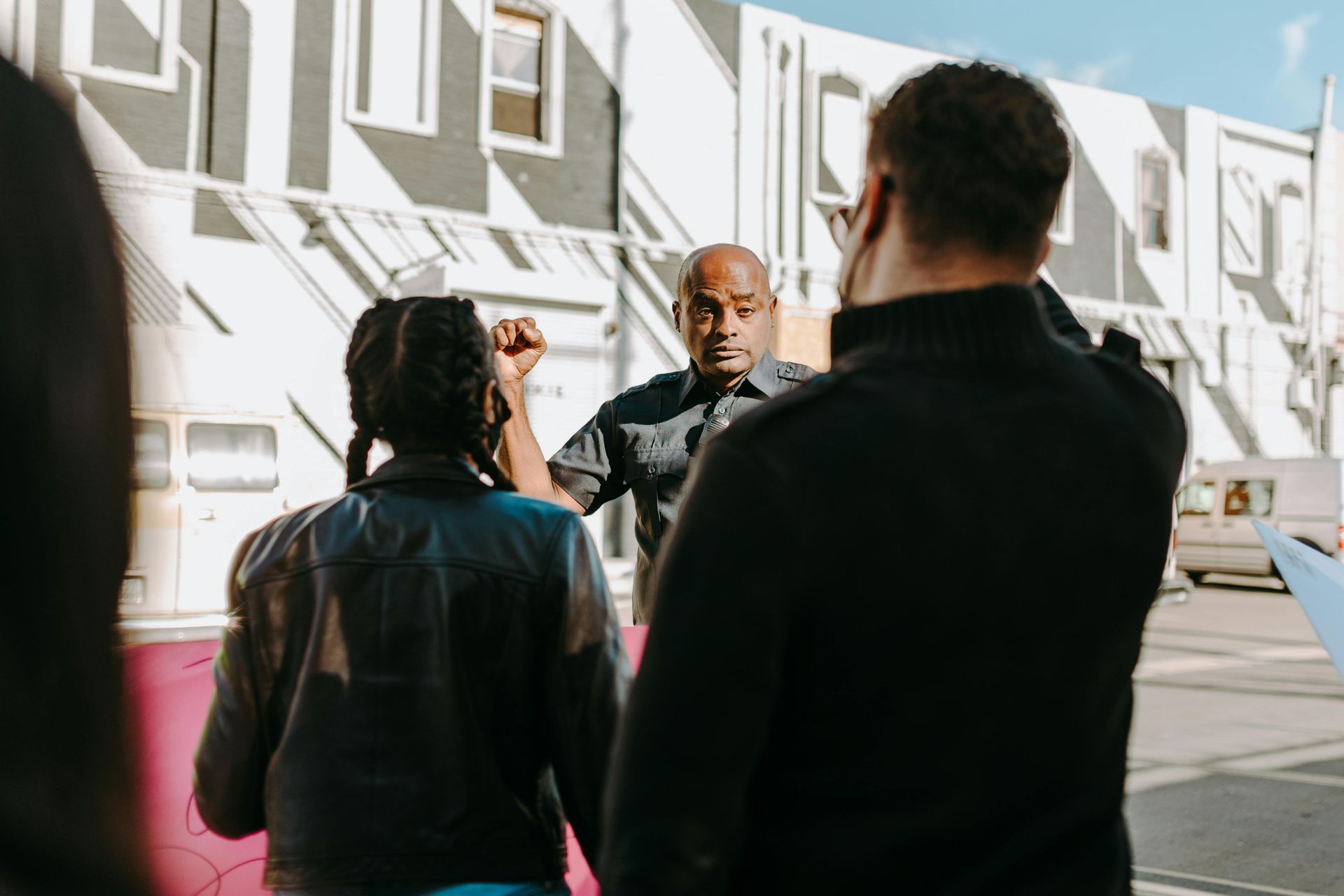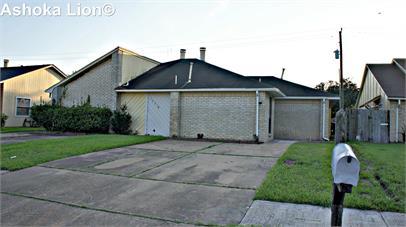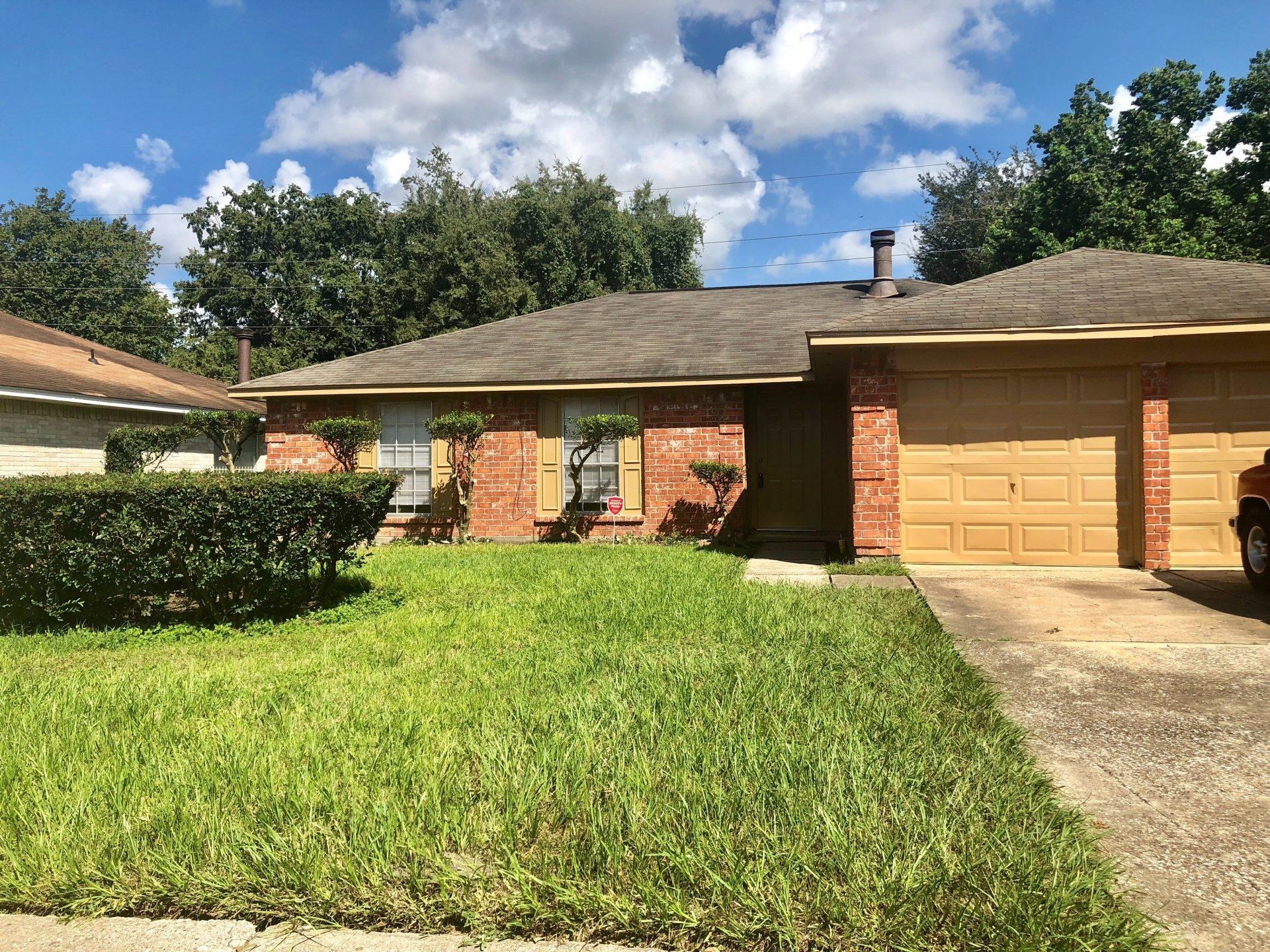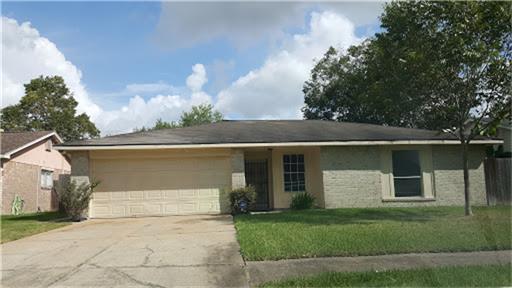Managing Tree Disputes Between Neighbors in Texas
Rights, Responsibilities, and Best Practices

Trees add shade, natural beauty, and even songbirds to a property, making them one of the most valuable features in any home landscape. A well-placed tree can cool your home, increase curb appeal, and contribute to a peaceful outdoor environment. However, when trees are not properly maintained or when branches, roots, or falling debris begin crossing property lines—they can quickly become a source of tension between neighbors. What may start as harmless overgrowth can escalate into conflict, especially if there are pre-existing communication issues or misunderstandings about property boundaries.
In Texas, tree-related disputes are more common than many homeowners realize. Whether it involves overhanging limbs, fallen branches, root intrusion, or disagreements about responsibility, it’s important for homeowners to know their rights before taking action. Understanding what the law allows—and prohibits—can prevent a small issue from becoming a costly or hostile dispute. Clear communication, documentation, and respectful handling of the situation can make resolving tree issues far less stressful.
Below is a comprehensive guide to help Texas homeowners navigate tree-related conflicts with neighbors in a lawful and courteous way.
Under Texas law, property owners have the right to maintain their own space and protect their property from encroaching vegetation. This means you are generally allowed to trim back branches or roots that extend onto your property. However, this right comes with important limitations intended to prevent unnecessary harm or conflict.
Your Rights as a Property Owner
You may trim:
- Overhanging branches that cross onto your property
- Roots that extend beneath your property
- Foliage obstructing your yard, driveway, or structure
However:
- You cannot damage or kill the tree in the process. If trimming is excessive or negligent and harms the tree, you could be held liable.
- You may not enter your neighbor’s property without permission. Crossing the property line without consent—even just to trim—can be considered trespassing.
Because trees can be expensive to replace and may significantly affect property values, Texas courts treat tree damage seriously. Taking action without understanding the consequences can expose you to risk.
Best Practices for Resolving Tree Issues
Even when the law is on your side, the best solutions typically start with communication—not confrontation. Approaching the situation with respect can help preserve a positive neighborly relationship and prevent legal disputes.
1. Talk to Your Neighbor First
Before doing any trimming, speak with your neighbor in a calm and friendly manner. They may not even be aware that their tree is causing issues. A simple conversation can:
- Clarify misunderstandings
- Avoid resentment or surprise
- Create an opportunity for shared responsibility
Often, neighbors are willing to resolve the issue cooperatively when approached politely.
2. Document the Issue
If you anticipate potential conflict or if the issue has persisted for some time, it’s wise to keep a record. Document:
- Photographs of overhanging branches
- Damage to fence lines, roofs, or driveways
- Dates and details of conversations
- Signs of root intrusion or structural impact
Documentation will be useful if the situation escalates or if you need legal advice.
3. Avoid Aggressive Action
Texas courts have historically ruled against homeowners who retaliate or take drastic steps, such as:
- Excessive trimming
- Tree poisoning
- Cutting the tree down without permission
Such actions can result in financial liability, including paying for replacement value, damages, and possibly court fees.
4. Seek Professional Guidance if Needed
If you cannot reach an agreement or if the situation becomes tense, it may be appropriate to talk to an attorney before proceeding. Professional guidance can help you avoid legal pitfalls.
For assistance finding Legal Help, many local libraries and state resources offer directories for low-cost legal aid.
When Damage Occurs
Tree-related damage is one of the most misunderstood areas of neighbor disputes. A common misconception is that a tree’s owner is automatically responsible for any damage its branches or roots cause. However, Texas law views this differently.
A homeowner may be held responsible only if:
- The tree posed a known hazard, and
- The homeowner failed to address it
Examples of known hazards include:
- A visibly dead or rotting tree
- A tree previously identified by an arborist as dangerous
- Repeated complaints from neighbors about overgrowth or instability
If a tree falls or branches break during a storm or natural event and the owner had no reason to believe the tree was unsafe—the law generally treats this as an “act of nature,” meaning the owner is not automatically liable.
Types of Damage That May Occur
- Fence damage
- Roof or gutter impact
- Cracked pavement or driveways
- Yard or foundation disruption due to roots
If you believe negligence played a role, documenting the issue and seeking legal counsel may be appropriate.
What the HOA Can (and Can’t) Do
In many Texas neighborhoods, homeowners associations play a role in maintaining community standards. However, their involvement in tree-related neighbor-to-neighbor issues is limited.
HOA Responsibilities
In general, HOAs do not mediate personal property disputes between neighbors. This includes:
- Overhanging branches between two private lots
- Shared fence disagreements
- Root intrusion
Shared fences, for instance, are typically the responsibility of the homeowners themselves—not the HOA.
However, there are limited cases where the HOA may intervene:
- If a tree encroaches onto common areas
- If overgrowth affects exterior walls, roofs, or structures maintained by the HOA
- If the tree creates a safety hazard that violates community guidelines
In these situations, the HOA may issue a violation notice or arrange for trimming, and the homeowner may be charged for the service.
If communication fails and the situation escalates beyond what the HOA can address, mediation or legal counsel may be the next step.
Preventing Conflict: A Neighbor-Friendly Approach
Most tree disputes can be prevented through early action and simple communication. Here are a few proactive tips:
- Regularly inspect your trees for overgrowth or signs of disease
- Trim branches before they become problematic
- Discuss mutual expectations with neighbors
- Consider hiring certified arborists for complex trimming
Proactive care can prevent both legal issues and neighborly tension.
Don’t let tree trouble turn into a legal storm. Caring for trees is part of responsible homeownership, and addressing issues early with respect and clarity can preserve both your property and your relationship with your neighbors. Understanding your rights and communicating openly are the keys to resolving tree disputes safely, legally, and amicably.









